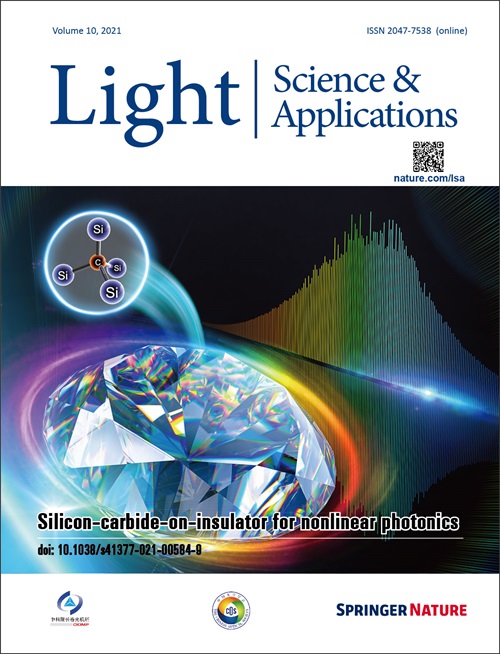Ultrafast lasers—reliable tools for advanced materials processing
IF 19.4
1区 物理与天体物理
Q1 Physics and Astronomy
引用次数: 962
Abstract
The unique characteristics of ultrafast lasers, such as picosecond and femtosecond lasers, have opened up new avenues in materials processing that employ ultrashort pulse widths and extremely high peak intensities. Thus, ultrafast lasers are currently used widely for both fundamental research and practical applications. This review describes the characteristics of ultrafast laser processing and the recent advancements and applications of both surface and volume processing. Surface processing includes micromachining, micro- and nanostructuring, and nanoablation, while volume processing includes two-photon polymerization and three-dimensional (3D) processing within transparent materials. Commercial and industrial applications of ultrafast laser processing are also introduced, and a summary of the technology with future outlooks are also given. Scientists in Asia have reviewed the role of ultrafast lasers in materials processing. Koji Sugioka from RIKEN in Japan and Ya Cheng from the Shanghai Institute of Optics and Fine Mechanics in China describe how femtosecond and picosecond lasers can be used to perform useful tasks in both surface and volume processing. Such lasers can cut, drill and ablate a variety of materials with high precision, including metals, semiconductors, ceramics and glasses. They can also polymerize organic materials that contain a suitable photosensitizer and can three-dimensionally process inside transparent materials such as glass, and are already being used to fabricate medical stents, repair photomasks, drill ink-jet nozzles and pattern solar cells. The researchers also explain the characteristics of such lasers and the interaction of ultrashort, intense pulses of light with matter.

超快激光--先进材料加工的可靠工具
超快激光器(如皮秒激光器和飞秒激光器)的独特特性为采用超短脉冲宽度和极高峰值强度的材料加工开辟了新途径。因此,超快激光目前被广泛用于基础研究和实际应用。本综述介绍了超快激光加工的特点以及表面和体积加工的最新进展和应用。表面加工包括微加工、微纳米结构和纳米消融,而体积加工包括双光子聚合和透明材料的三维(3D)加工。此外,还介绍了超快激光加工的商业和工业应用,并对该技术进行了总结和未来展望。亚洲的科学家回顾了超快激光在材料加工中的作用。日本理化学研究所的 Koji Sugioka 和中国上海光学精密机械研究所的 Ya Cheng 介绍了飞秒和皮秒激光如何用于执行表面和体积加工中的有用任务。这种激光器可以高精度地切割、钻孔和烧蚀各种材料,包括金属、半导体、陶瓷和玻璃。它们还能聚合含有适当光敏剂的有机材料,并能在玻璃等透明材料内部进行三维加工,目前已被用于制造医疗支架、修复光掩模、钻孔喷墨喷嘴和太阳能电池图案。研究人员还解释了这种激光器的特性以及超短强脉冲光与物质的相互作用。
本文章由计算机程序翻译,如有差异,请以英文原文为准。
求助全文
约1分钟内获得全文
求助全文
来源期刊

Light, science & applications
OPTICS-
CiteScore
27.00
自引率
2.60%
发文量
331
审稿时长
20 weeks
期刊介绍:
Light: Science & Applications is an open-access, fully peer-reviewed publication.It publishes high-quality optics and photonics research globally, covering fundamental research and important issues in engineering and applied sciences related to optics and photonics.
 求助内容:
求助内容: 应助结果提醒方式:
应助结果提醒方式:


